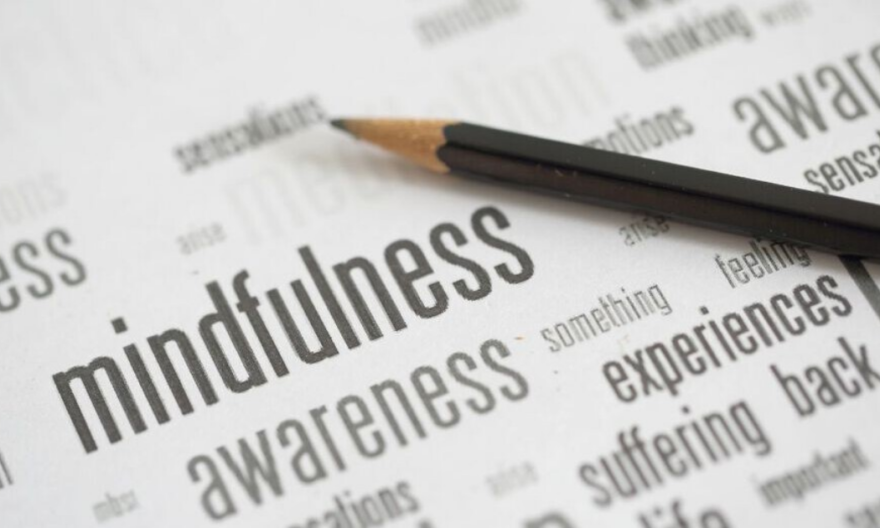
If you’re looking for a new way to get better sleep, try incorporating mindful sleep meditation into your daily routine. This method has many benefits. It can help improve pain management, increase emotional and cognitive control, and alter how we evaluate sensory input. In fact, according to a recent poll by the National Sleep Foundation, 57% of Americans experience pain on a regular basis. And these same polls found that chronic pain is associated with poorer sleep quality, less sleep, and increased fatigue.
Guided imagery
If you’re looking for a stress-management method, guided imagery can help. It is similar to self-hypnosis, where you implant ideas into your subconscious mind, and then extract them. There are a few general guidelines to follow in order to effectively use guided imagery. First, focus on a relaxing image. Picture yourself lying in a hammock, or reading a book. Imagine how nice it would be to have this kind of relaxation, without the complication of a hypnotist.
The benefits of guided imagery are obvious: it provides relief from stress, reduces tension in the body, and helps access the wisdom of the mind. It is also free, and can be practiced anywhere, anytime. It is an effective way to break the cycle of rumination and increase resilience against stress. You can use it anywhere, and even take it to sleep. Just remember to use the technique in moderation, as too much use can have negative effects on your health.
Breathing exercises
There are many breathing exercises that can help you get to sleep at night. You can try the 4-7-8 breathing exercise to fall asleep easily. This breathing technique has been shown to lower blood pressure, relax the body, and slow the mind. You should do this exercise for at least ten minutes every night before bed to get the best results. But before you attempt this technique, you should be sure to visit a doctor to get a proper diagnosis.
One simple breathing exercise that can help you fall asleep is yawning. The physical act of yawning has a number of physiological benefits, including cooling your brain and relaxing your body. Babies often blink as they fight to fall asleep, and their slow blinking habits may be their innate intelligence to help them sleep. The slow blinking process also helps you focus your mind and prevent overthinking. Another breathing exercise that can help you fall asleep is blinking your eyes repeatedly.
Relaxation response
The relaxation response is a physiological response that turns off the fight or flight response and returns the body to its pre-stress state. Regular use of the relaxation response can reduce symptoms of stress and chronic illness. This is the most common physiological response to stress and can be achieved through a variety of techniques, including mindfulness sleep meditation. Here are the benefits of the relaxation response:
The Relaxation Response is a biological response that is a natural and powerful process that is a critical component of any successful meditation practice. It is a physiological process that takes place in the brain and is similar to the response triggered by the “fight or flight” response. Research has shown that meditation practice can reduce the symptoms of many health conditions by reducing the body’s stress levels. It also boosts the brain’s blood flow.
Pain relief
Research demonstrates that mindfulness meditation can reduce the perception of pain in experimental settings. It works by engaging distinct mechanisms from placebos. That makes it an important option for millions of chronic pain sufferers who seek nonpharmacological treatment. But what exactly is mindfulness meditation and how does it work? This article will discuss some of the key points about the practice and its potential benefits. Despite the many drawbacks, mindfulness sleep meditation does appear to be a promising way to combat pain.
The concept of mindfulness meditation is a simple one, and it can be learned by a variety of methods. Mindfulness resources for pain relief include books, CDs, smartphone apps, and tablet apps. Some healthcare providers also offer programs that incorporate mindfulness strategies. However, it’s best to discuss the practice with a health care provider if you are suffering from chronic pain. You can also find guided meditations on the Internet or in local bookstores.
Did you miss our previous article…
https://quietmeditations.com/the-benefits-and-side-effects-of-body-scanning/





